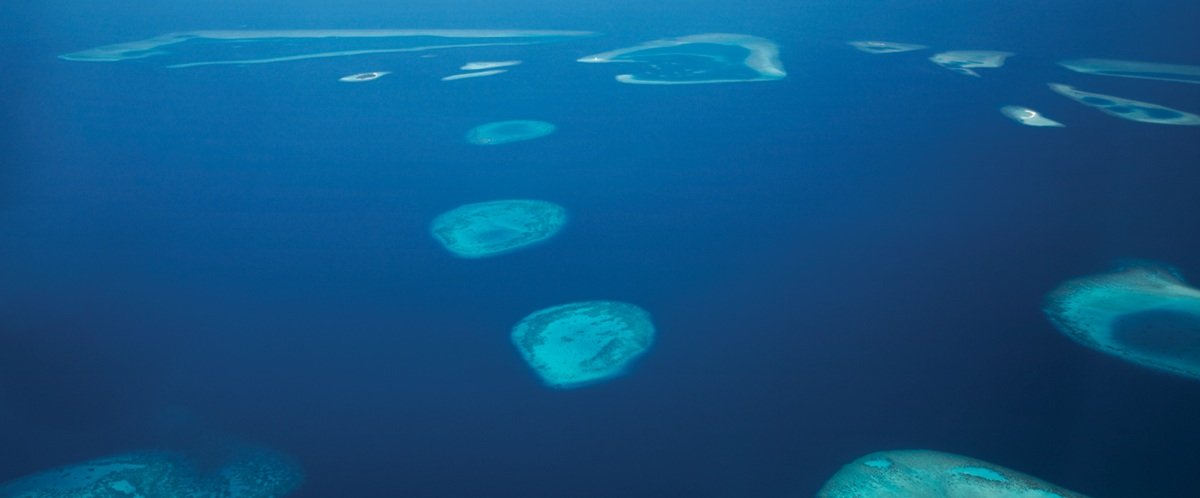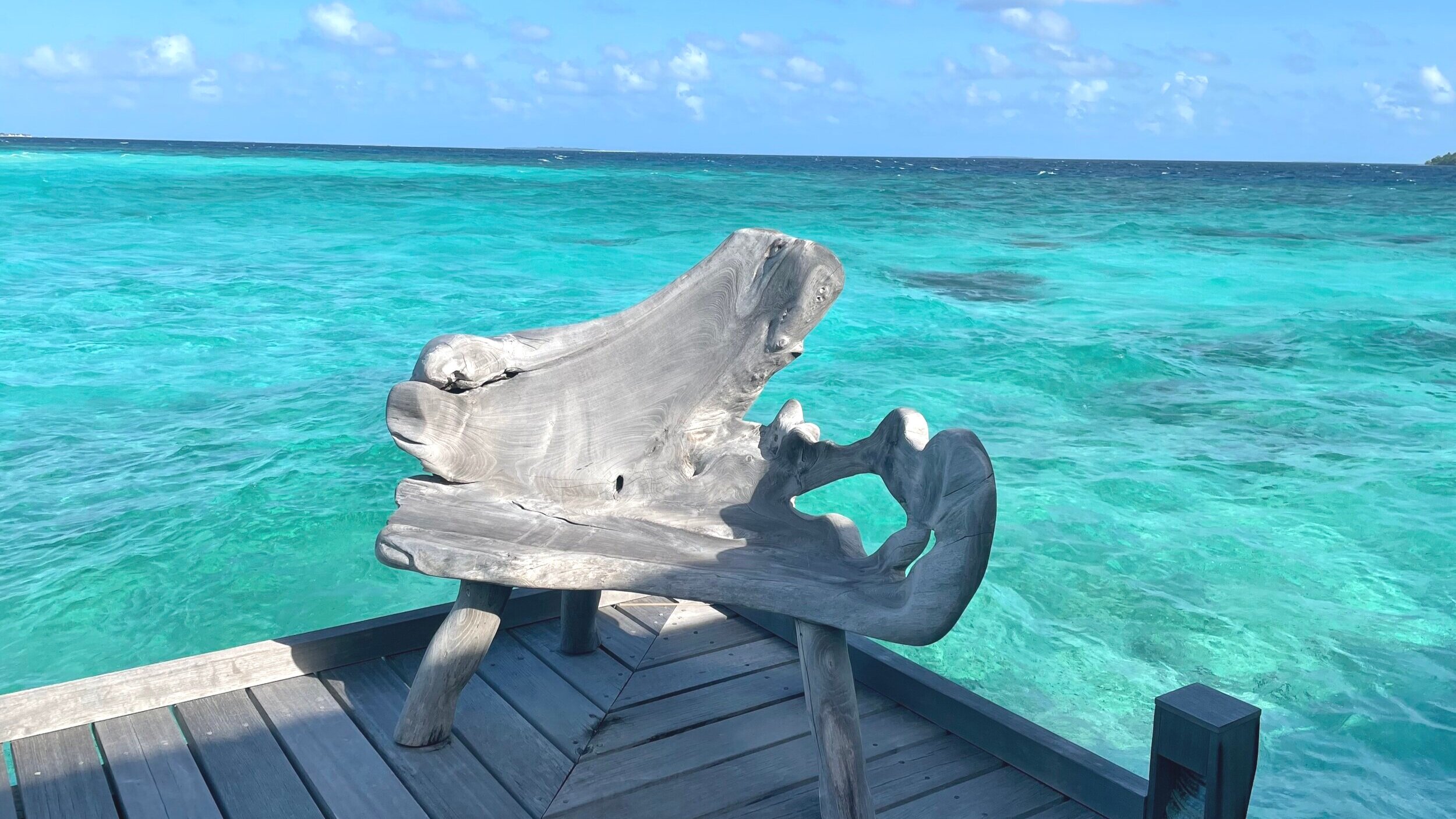ABOUT THE MALDIVES
the perfect island escape
The iridescently turquoise water, pure white sandy beaches, thatched roof bungalows, infinity edged pools, exotic marine life, culinary adventures, beautiful Maldivian people and luxury spas, is what sets the Maldives apart from anywhere else in the world.
The Maldives is the only place in the world where every resort at the luxury level is on its own private island. You can experience your very own 'Robinson Crusoe' island getaway, staying in either a beach bungalow directly on the beach or a water villa on stilts in the lagoon.
GEOGRAPHY
The Republic of Maldives is made up of 1,192 coral islands scattered across the Indian Ocean, southwest of India and Sri Lanka. The Maldives extends approximately 750 kilometers from North to South and approximately 120 kilometers from East to West. The Maldives is divided into areas known as Atolls, with every Atoll unique in its own way. Every island within each Atoll is also unique and differs depending on its location and physical attributes.
WEATHER
The Maldives is equatorial in climate with the air temperature averaging 30 degrees celsius (86 degrees fahrenheit) all year and the water temperature averaging 28 degrees celsius all year. The Maldives is regulated by two seasons or monsoons. The first is the northeast monsoon extending from January to March, which is often referred to as the dry monsoon. Weather within this monsoon is typically picture perfect with minimal rain and completely still days.
The second is the southwest monsoon extending from mid-May to September, which is often referred to as the wet monsoon. Weather within this monsoon is more variable and less predictable. There can be picture perfect days, days with some cloud, days with some wind (bringing the surf and fantastic for kite surfing or windsurfing) and days with some showers. It is not typical to have days of constant rain in the Maldives even during this southwest monsoon, as the Maldives is equatorial in climate rather than tropical.
MARINE LIFE
The Maldives is famous for its rare underwater beauty, with some of the best dive sites in the world. The incredible marine life is so abundant that you can see the psychedelic fish from your villa deck or in the shallow waters. You don't need to be a diver to experience the underwater beauty.
The Maldives is home to incredible Manta Rays and Whale Sharks and many people visit the Maldives just for the chance to dive or snorkel with these amazing creatures. Hanifaru Bay is a Marine Protected Area famous for snorkelling with these beautiful creatures. Every year between June and October, a combination of lunar tides and monsoon currents trap high concentrations of plankton in the bay's steep sides. This concentration of plankton draws large numbers of manta rays and whale sharks to this area and marine enthusiasts can snorkel with them while they come to the surface to feed on the plankton. A must do Maldives experience.
MaLDiVIAN culture
Maldivians’ are warm, illuminating and extremely hospitable, people so much so that you immediately feel relaxed in their presence. The Republic of Maldives has a proud history and rich culture that combines a mixture of African, Indian, Sri Lankan and South East Asian influences. This is noticeable in their sumptuous food, their colourful dance and their rhythmic music, particularly the hand beating of the traditional bodu beru drums.
environment
The Maldives' highly fragile ecological system is impressively looked after. The Maldivian Government and the people of the Maldives are extremely conscious of the vulnerability of the environment and are active in implementing measures to ensure that environmental protection receives the highest priority. The resorts themselves also actively play an important role in the protection of the environment, with initiatives such as the 'save the sea turtle' project, whale and dolphin protection and 'coral rejuvenation' projects.
things to know about the Maldives
International Airport: Male International Airport
Language: Local language is Dhivehi, however English is spoken throughout
Currency: Local currency is Rufiyaa however, US Dollars are accepted at Male International Airport and at our resorts
Local Time: GMT + 5 hours, however some resorts operate on 'island' time which is one hour ahead of Male. They do this to extend the number of daylight hours to enjoy
Power Points: 240 AC. Power plugs are the same as the UK.
Frequently ASked Questions:
1. Do you require a Visa to enter the Maldives? Visitors are granted an entry visa at customs in Male Airport provided the following requirements for the grant of an entry permit are met:
Possession of a valid international travel document issued by the Government of a Sovereign State.
Possession of a valid return air ticket to a destination where the passenger has permission to enter, together with necessary visas for the onward journey to the next destination.
Possession of minimum of US$30.00 per person per day or confirmed hotel reservation for the intended period of stay in the Maldives.
2. What are the Entry and Departure Requirements for the Maldives? The Government of the Maldives requires all travelers to complete an electronic Arrival Declaration Form 96 Hours prior to your arrival to the Maldives, from your place of Residence or previous location. This form can be found at: https://imuga.immigration.gov.mv/ethd. Please note this form takes approximately 15 minutes to complete per Traveler and requires a photo of each traveler that you can take yourself on an IPhone but must be taken with a white background. We would recommend visiting this site ahead of time and reviewing what is required as this will make the completion of the form much easier at the time.
3. Can you bring Alcohol into the Maldives? It is prohibited by law to take any alcohol into the Maldives. If you do, it will be confiscated and held at the airport until your departure. Alcohol is available at the resorts.
4. How do you transfer from Male International Airport to the Resorts? There are three ways to transfer from Male International Airport to the Maldivian Resorts, speed boat, seaplane and domestic flight with speed boat. Please note that different luggage restrictions will apply to seaplanes and domestic flights than apply to International Flights. Your Extraordinary Escapes Consultant will assist with this when confirming your booking.
5. What are the packing essentials and Resort Dress Code for the Maldives Luxury Resorts? As the sun is extremely strong in the Maldives we advise all clients to take plenty of sunscreen, hats and swim shirts for swimming and snorkeling. Resort Dress Code is smart casual e.g. for gentlemen tailored shorts/jeans/trousers in the evenings at resort restaurants. As the resort walk-ways are made of hard packed sand, women are advised to wear flat shoes for day and evening. Some of the Maldives Luxury Resorts have a no shoes policy and your Extraordinary Escapes Consultant will assist with this information. If you wish to visit a local Maldives Island, please bring attire that is light weight and covers arms and legs. Your Extraordinary Escapes Consultant will also assist with this information.
6. Do I need to bring my own snorkeling equipment? All of the resorts that we sell provide snorkeling equipment for use free of charge.
7. Do I need to tip in the Maldives? This is different depending on where and who you book with. At the Maldives Luxury Resorts that we sell, Resort Service Charge is included with the price you pre-pay. So while tipping is not required at these resorts, if you receive exceptional service from a staff member(s), tipping in this instance is always appreciated.
airlines flying to the maldives
The following airlines currently fly to the Maldives. When planning your holiday, your Extraordinary Escapes Consultant will assist you with the best options and advise if there are other connecting options available to you.
Singapore Airlines: Singapore Airlines Official Website | Book International Flight Tickets
Emirates Airlines: Emirates | Fly Better
Qatar Airways: Book Flights - Book & Fly from Qatar | Qatar Airways
Qantas flies direct from Australia to Singapore where you can connect with Singapore Airlines to the Maldives. Fly with the Spirit of Australia | Qantas
Air Canada flies direct from Canada to Singapore where you can connect with Singapore Airlines. Air Canada also flies direct from Canada to Dubai where you can connect with Emirates. Air Canada - Official website - Homepage







